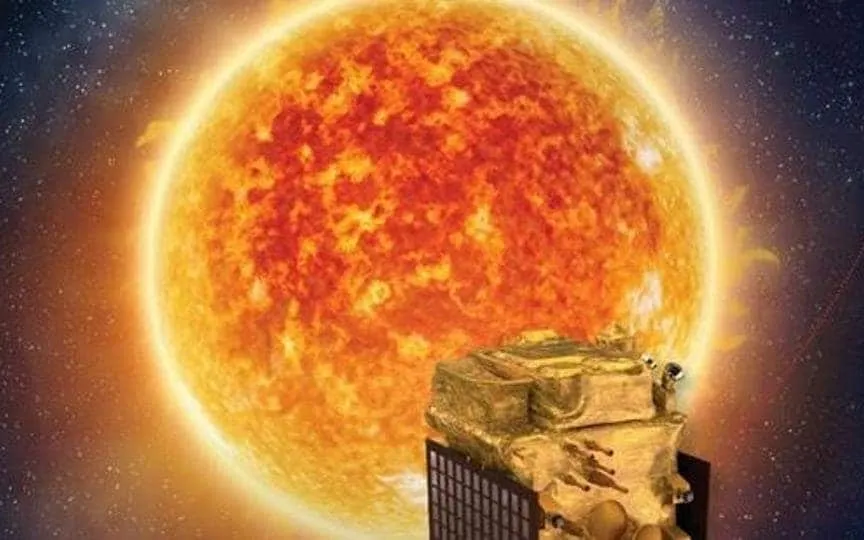ISRO Sets New Launch Date for Aditya L1 Mission
The launch of Aditya L1 took place on September 2, 2023, at the Satish Dhawan Space Centre in Sriharikota. The Indian Space Research Organisation (ISRO) utilized the Polar Satellite Launch Vehicle (PSLV-C57 rocket) to carry seven payloads for studying the Sun’s environment. ISRO confirmed the successful completion of the spacecraft’s third manoeuvre and revealed that it will undergo a total of five phases before reaching the Lagrange point 1 (L1). The most recent update on Aditya-L1 states that ISRO is aiming for September 15 as the next date for another manoeuvre.
Aditya L1 next phase
Just after Chandrayaan-3 landed on the moon for exploration, ISRO had launched another mission focused on studying the sun and its effects on space weather that affects Earth. Aditya-L1 aims to reveal various secrets about the Sun. Currently, the spacecraft is on a 4-month journey to reach Earth’s solar system. Recently, the spacecraft underwent its third maneuver and traveled to a new orbit measuring 296 km x 71767 km.
The next Aditya-L1 mission will take place on September 15 and will be followed by a final transition until the spacecraft heads towards the Sun’s Lagrange point 1 (L1). India will be the first to enter the Sun orbit, making it another big win if the spacecraft is successfully placed in a halo orbit.
The spacecraft enters the cruise phase once it has left the sphere of influence (SOI), or Earth’s gravitational pull, and is then placed into a large halo orbit around L1.
Aditya-L1 goals
The objectives of the mission include a thorough understanding of the heating and partially ionized plasma of the Sun’s chromosphere and corona, the formation of coronal mass ejections and solar flares. Seven payloads are designed to study different layers of the sun, including the outermost layer, from which information about the coronal layer is studied in real time. The mission also studies the formation and composition of the solar wind and space weather. The ISRO satellite also plans to send a warning when the solar winds change direction towards Earth at speeds of more than 600 km/s.




